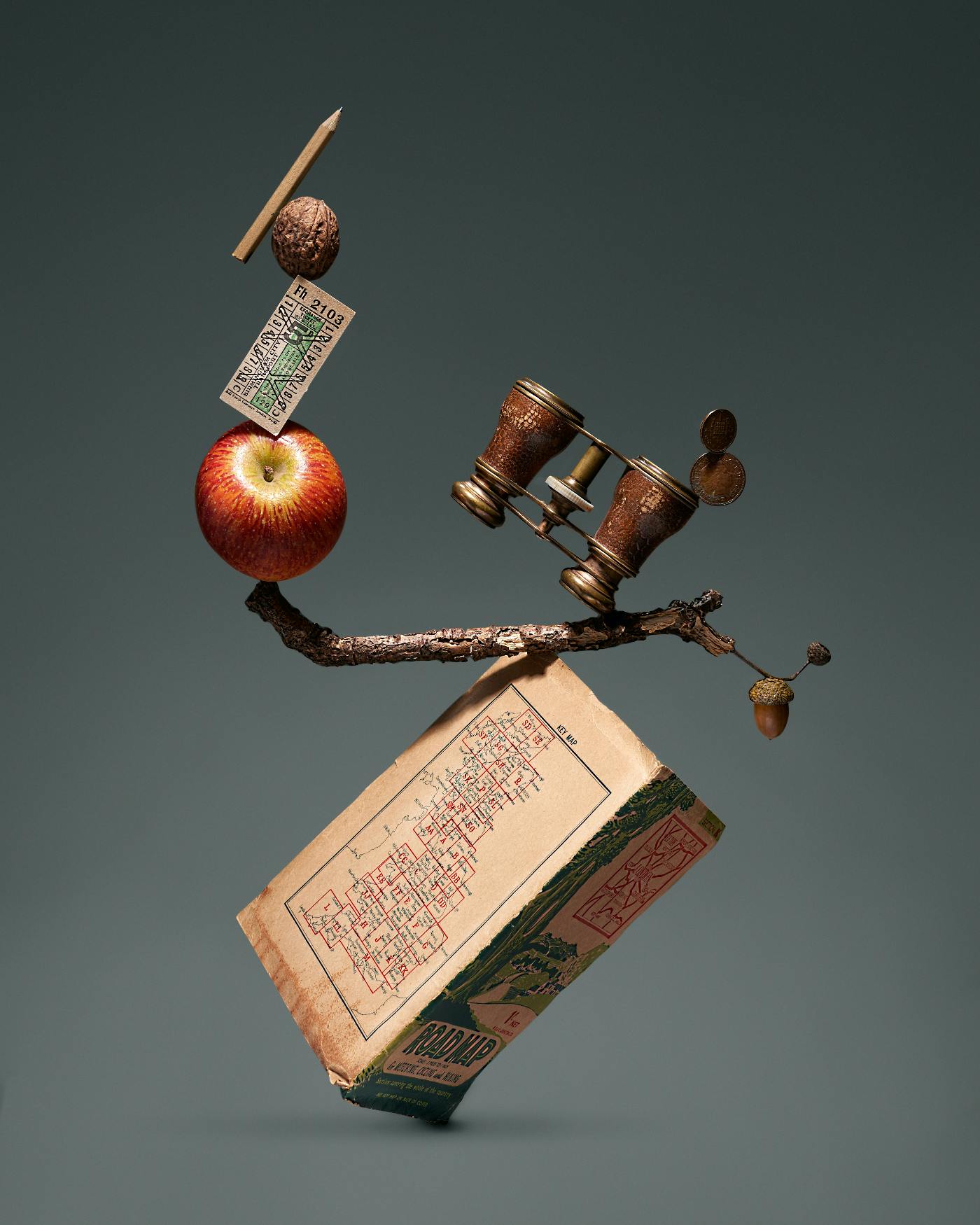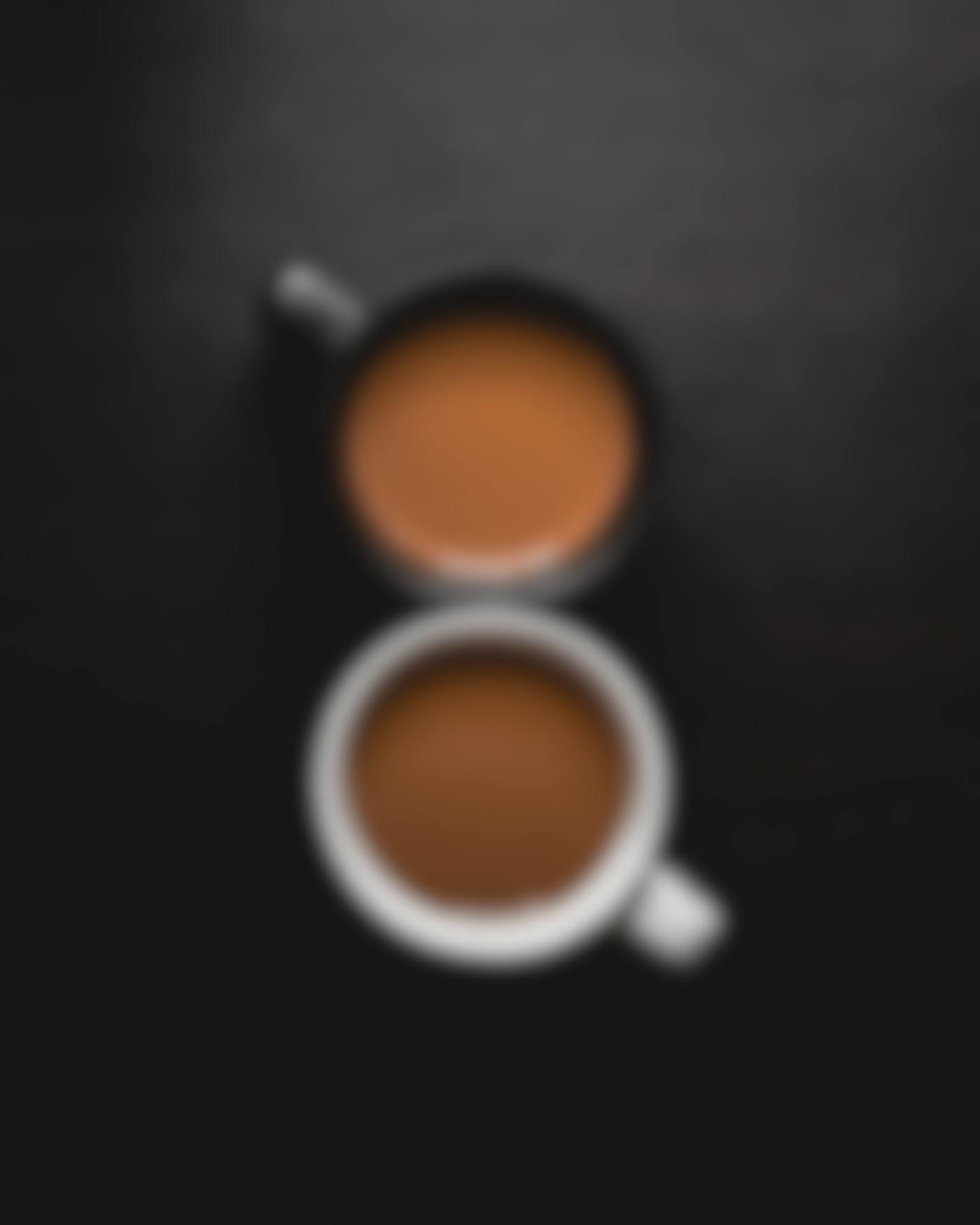
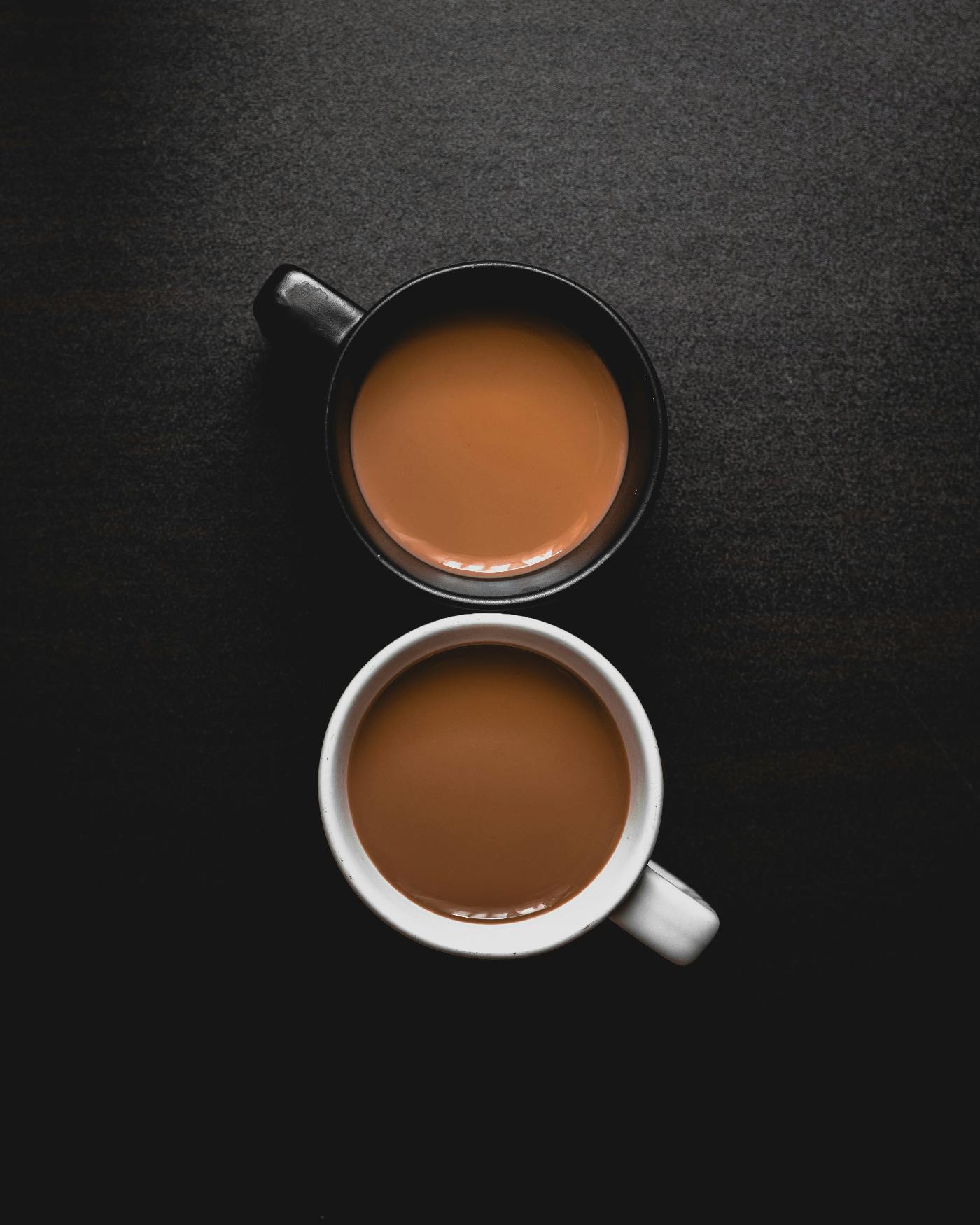
I have tried many different coffee makers over the years, some by choice, some not so much, and without exaggeration, I can say the best coffee I have had always comes from a percolator.
Back when I was young and just getting into the writing game, a mentor told me, write pen to page as long as you can, always carry a notebook and pen with you, and, most importantly, get a coffee percolator.
Just as the pen and paper have evolved into the typewriter and then the computer and now tablets and phones, the methods of brewing coffee have gone through a variety of ideations, electric drip coffee makers, pour-over kits, and now plastic pods, so many methods to choose from.
To this day, I always write pen to page first, I always have a notebook and pen with me everywhere I go, and I still use my old stainless steel electric percolator.
I have tried many different coffee makers over the years, some by choice, some not so much, and without exaggeration, I can say the best coffee I have had always comes from a percolator.
If you’ve never used a percolator, now is the time to try one. If you’re familiar with the percolator but have since switched to the more “convenient” coffee pod, come back to the kitchen, dear friend, your perfect cup of coffee is calling you back.
What is a Percolator
If you’re unfamiliar with the percolator, do not worry; many are. The percolator peaked in interest in the 70s and was soon eclipsed by the electric drip coffee maker and now the coffee pod. Because we usually drink coffee first thing in the morning as a jump start to our day, we need it fast, fast, fast. That need for caffeine speed has given us the coffee pod. But with the addition of the quickest cup of coffee on earth, we’ve given away flavor, fullness, and richness that jabbing a plastic pod and forcing tepid water through it just cannot give.
But we don’t have time, you say. Really, think on this. According to a recent study, on average, a person waits for six minutes and twenty-two seconds in the drive-thru (which you really drive by, but that
S a story for another day), awaiting their morning cup of joe. However, if you have a percolator, it takes only seven minutes to brew a pot of coffee. So to gain 38 seconds, we’ve given up delightfully flavorful coffee.
Worth it? No.
Okay, back on track. Percolators are coffee brewers that look a bit like a tea kettle but inside, there is a long stem that extends from the bottom carafe where water is kept to the basket up top where coffee grounds are held. When the water heats in a percolator, it causes steam and water to travel up that hollow stem and move through the coffee grounds.
If you’re still confused, look at any Hollywood western made between 1930 and 1960, and you’re sure to see some camping scene or a bunkhouse scene where a coffee pot is dangling over an open fire, or one is sitting on a black potbelly stove. That is a percolator.
Two Kinds of Percolator
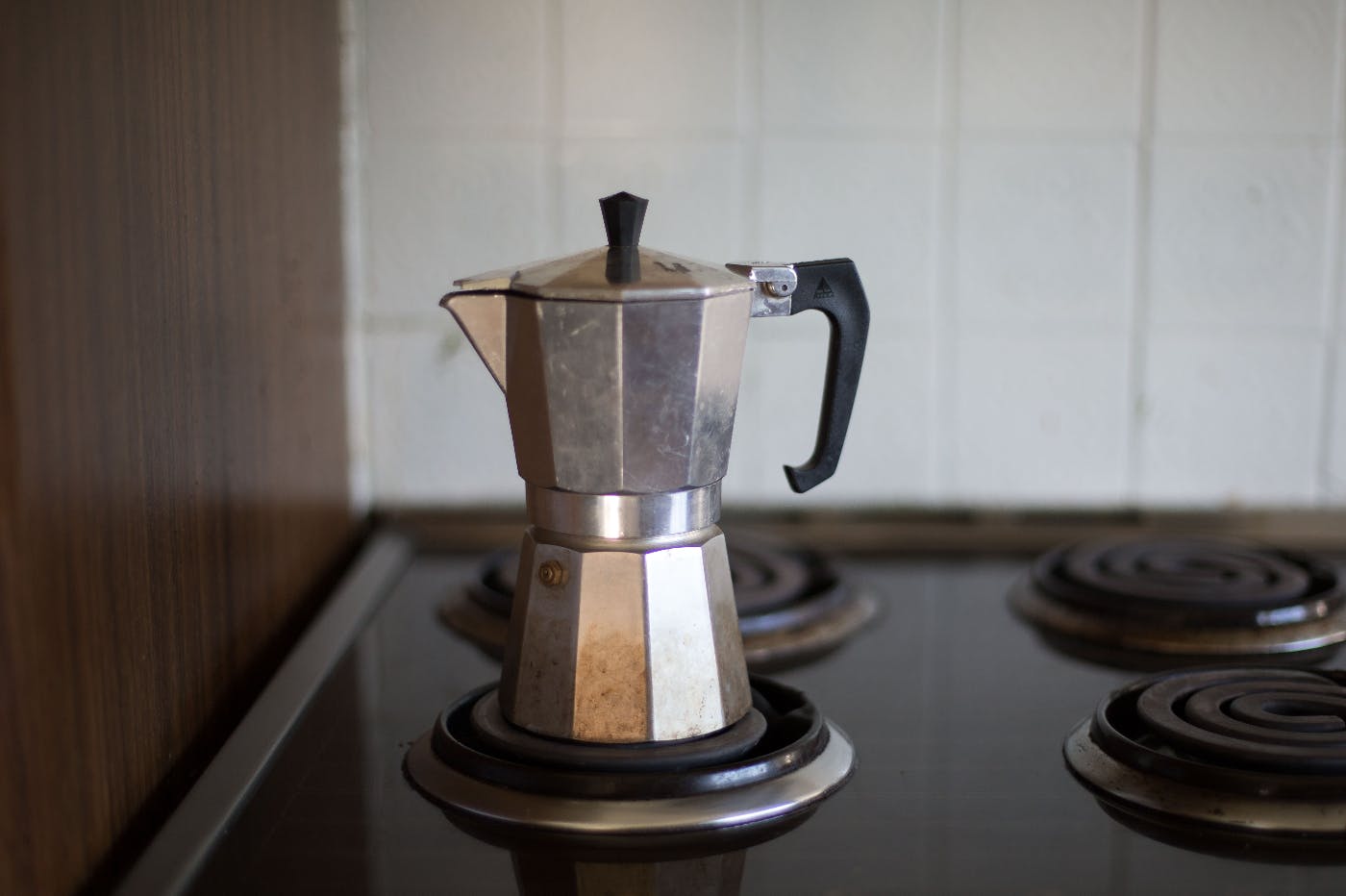
There are basically two different types of coffee percolators; the first is the stovetop percolator. This item looks like a tea kettle; it sits on the stove and heats up on a burner. The downside with the stovetop version is that you must watch it, time it, and remove it from the direct heat before your coffee moves from strong to chewy.
The electric coffee percolator is the second type, which evolved from the stovetop version. The plus side of the electric is it has a timer and a keep warm mode. The time shuts the percolating off, which is how the coffee is made; more on this soon, and the keep warm mode ensures every cup of this delicious, life-giving elixir is warm but not overcooked or burnt.
If you’re new to the percolator game, save yourself some headaches and get an electric. If you’re an old hand at the electric percolator, give yourself a challenge and get a stovetop version, it’ll be fun.
How Does it Percolate When it Percolates Coffee
How this bit of modern magic works is simple, yet it’s not. Like an electric drip coffee maker, you can brew between two and twelve cups like an electric drip coffee maker. You fill the reservoir with the amount of water you need for the amount of coffee you must drink, drop the corresponding number of spoonfuls of ground coffee into a filter, and off you go. Wait, you’re saying that sounds exactly like what I do with my electric drip coffee maker; it’s the same!
Easy there, Hoss. It’s actually very different from how coffee is made in an electric drip machine, and to blow your mind a little, it’s upside down.
The percolator works through convection. Strap in for some science. Water in the pot is heated, and it moves from the heat source as bubbles and steams up through the hollow center of the stem to the top. The hot water rises and falls over the basket that has the coffee grounds. This action is repeated until the brew is full strength and the timer stops.
The water passes over the grounds and drips back into the reservoir, which is then pushed up and over the grounds again. This repetition makes for richer, stronger, more flavorful coffee. The electric drip only relies on hot water to drip over the grounds.
Why a Percolator is Better
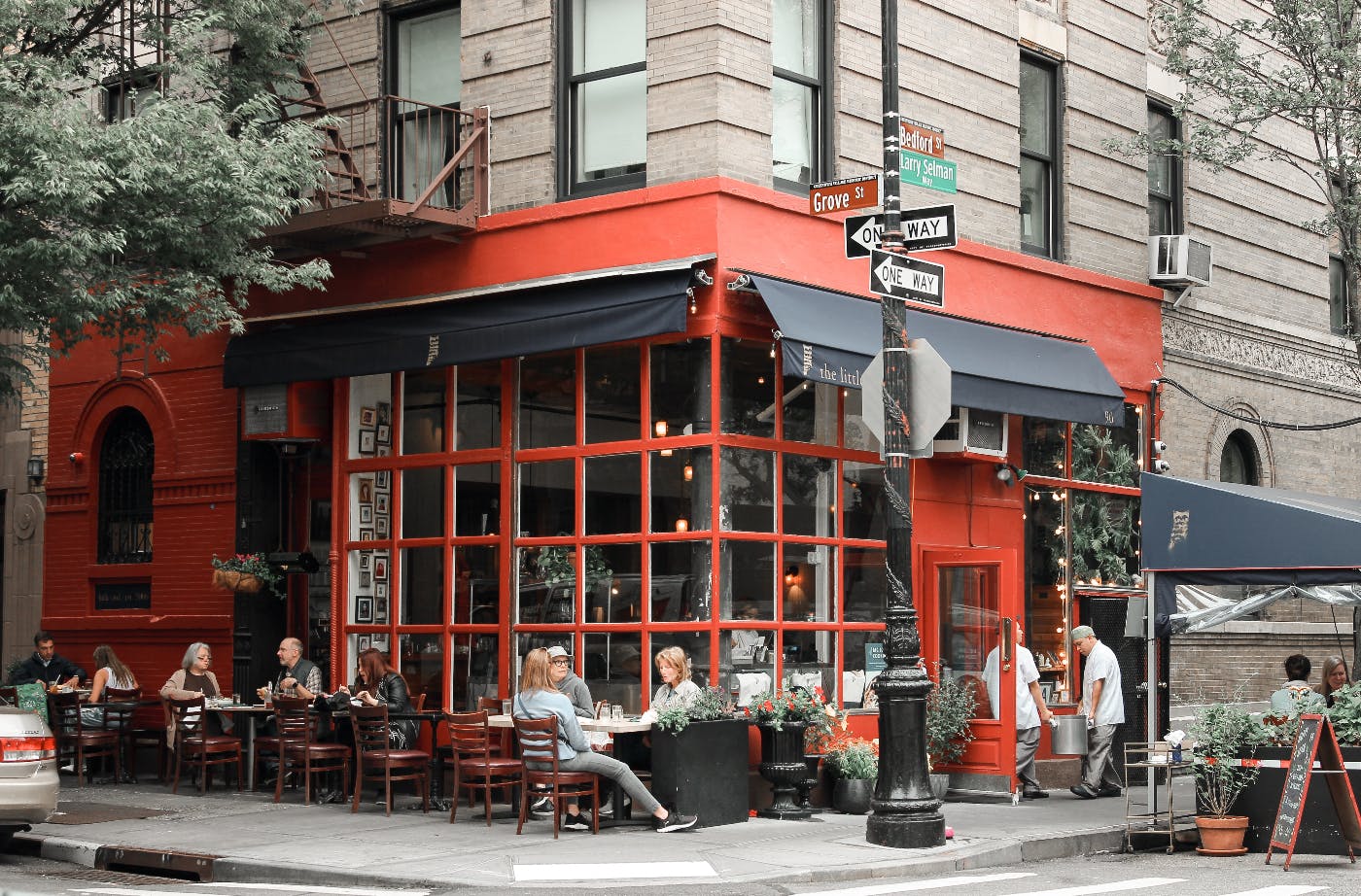
First off, the taste. Coffee made in a percolator is smooth, almost creamy. This is due to the fact that coffee in a percolator gets much hotter than in an electric drip. That heat allows for better extraction of flavor from the beans.
Some complain that the coffee from a percolator is too strong, leaning toward bitter. However, those with percolator experience will tell you that using hot water instead of cold when brewing will allow the water to heat more slowly and regulate the temperature, cutting down on the bitterness.
So, the first reason the percolator is better is that you’ll get a cup of coffee like you’ve never experienced before. Full, rich, creamy, and delightful. The second reason is that the percolator is easy to clean. You dump the grounds and clean the basket and stem in warm soapy water. Do not submerge the pot if you’ve got an electric pot, much like a crock pot. But water, a sponge, and some soap, and you’re ready to go. Not as complex as people like to think.
Another reason the percolator is so good is the element of nostalgia. The first true percolator is often credited to Illinois' native son and farmer Hanson Goodrich, who took out a patent for the pot in 1889. An old invention that still has a place in our modern lives. The old westerns, my grandmother, putting the pot on the stove, the smell of rich coffee filling rooms in the morning. It harkens back to a simpler time. Indeed, the simple but scientifically driven coffee percolator has a certain romantic appeal.
In Conclusion
The holidays are upon us, and if you have a coffee lover on your list, this might be the perfect time to introduce them to the delights of the coffee percolator.
If you’re unhappy with your current coffee-making implements, then this is the time to try the percolator. Nostalgic, delicious, simple, and available anywhere. Advance your coffee game by taking a little trip back in time. Imagine the smell of fresh perked coffee filling your kitchen in the morning. Add to that the smell of bacon frying, and there’s pretty much no reason to leave the house, is there?
